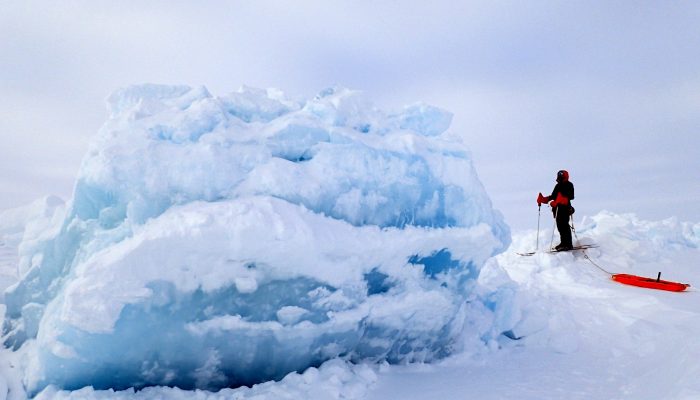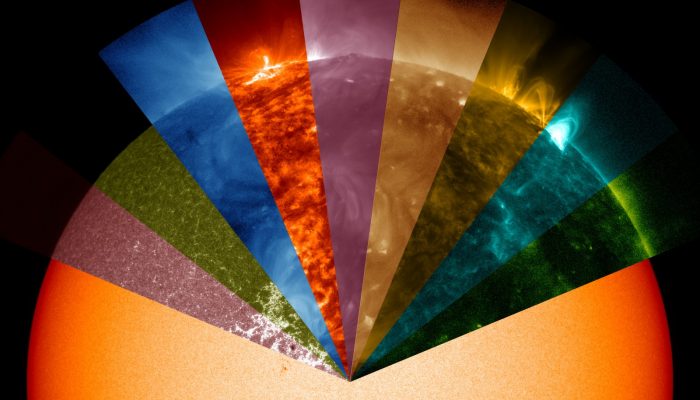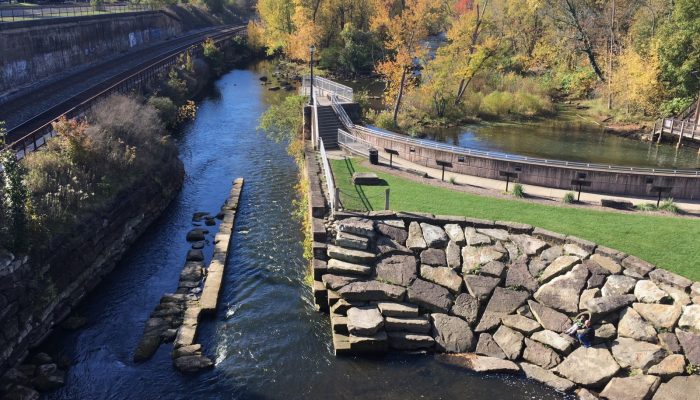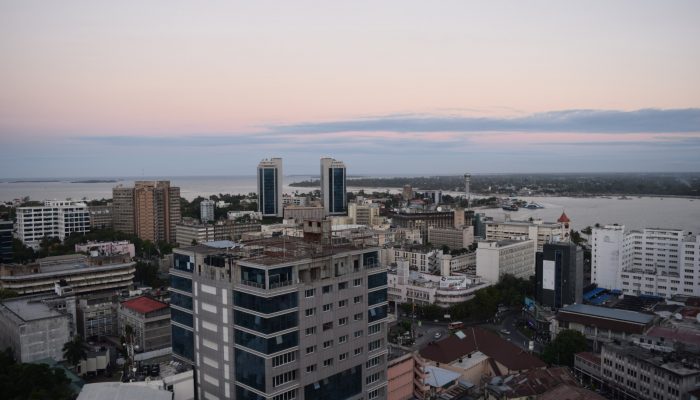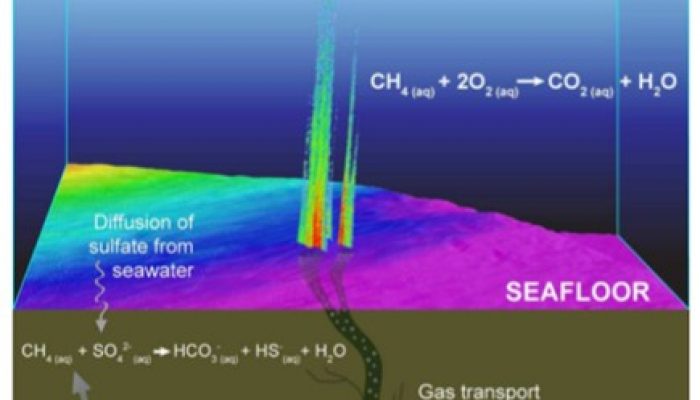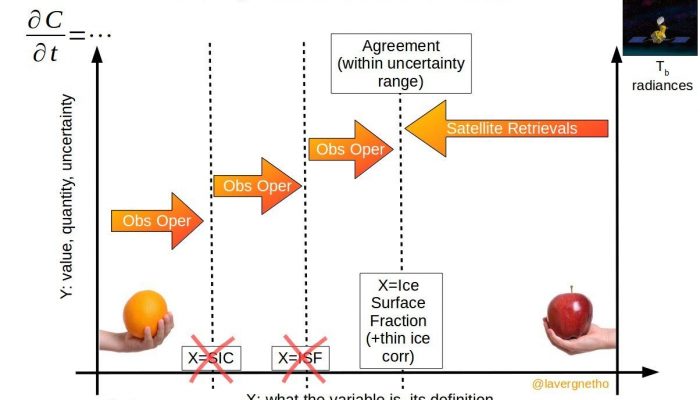When I ask school children or people who only know about sea ice from remote references in the newspapers: ‘How thick do you think is the Arctic sea ice?’, I often get surprising answers: ’10 meters? No, it must be thicker – 100 meters!’. It seems like sea ice, often depicted as a uniform white cover around the North Pole and as a key element in accelerated warming of the Polar Regions, imposes a ...[Read More]
If you didn't find what you was looking for try searching again.
GeoLog
October GeoRoundUp: the best of the Earth sciences from around the web
Display "Following Carbon Dioxide Through the Atmosphere" from YouTube Click here to display content from YouTube. Always display content from YouTube Open "Following Carbon Dioxide Through the Atmosphere" directly Carbon dioxide plays a significant role in trapping heat in Earth’s atmosphere. The gas is released from human activities like burning fossil fuels, and the co ...[Read More]
Geodynamics
The jelly sandwich lithosphere: elastic bread, the jelly, and gummy bears
The Geodynamics 101 series serves to showcase the diversity of research topics and methods in the geodynamics community in an understandable manner. We welcome all researchers – PhD students to Professors – to introduce their area of expertise in a lighthearted, entertaining manner and touch upon some of the outstanding questions and problems related to their fields. This month Vojtěch Patočka fro ...[Read More]
Solar-Terrestrial Sciences
Eyes on the Sun
The Sun is a complex, dynamic ball of plasma which influences our lives. Studying the Sun is challenging because each of its layers have different composition, physics and wavelengths of emssion. Moving outwards from the photosphere (visible surface of the Sun), we have the chromosphere and the corona (hottest outermost layer). The solar plasma is in constant motion much like fiercely boiling wate ...[Read More]
WaterUnderground
Where does the water in streams come from when it rains?
Post by Anne Jefferson, associate professor in the Department of Geology at Kent State University, in the United States. __________________________________________________ The title of this blog post might seem like a question with an obvious answer, or even a silly question to pose on a blog devoted to groundwater, but if you don’t see the connection between streamflow and underground water, you ...[Read More]
Geology for Global Development
Bárbara Zambelli Azevedo: Urban Geology and Underground Urbanisation
Today is World Cities Day, and the week of our annual conference exploring the role of geoscience in sustainable cities. To mark these events, our newest contributor, Bárbara, writes on urban geology and underground urbanisation. Underground urbanisation is not a brand new topic, it has been discussed for more than 100 hundred years! But, why is it important to think about underground urbanisation ...[Read More]
Geology for Global Development
GfGD Annual Conference 2017 – Cities and Sustainable Development
Since the Sustainable Development Goals were agreed in 2015, Geology for Global Development has been at the forefront of mobilising and equipping the geoscience community to engage and make a positive contribution. In 2015, we organised the first major gathering of geologists/Earth scientists anywhere in the world to explore our role in delivering the UN Sustainable Development Goals (SDGs). Over ...[Read More]
GeoLog
GeoPolicy: The importance of scientific foresight
Many of the issues that society currently faces are complex and research on just one angle or area does not provide sufficient information to address the problem. These challenges are compounded when more than one region (or even the entire planet) is impacted. Many of the decisions and legislations passed by governments today will go on to impact how these issues either develop or are resolved ye ...[Read More]
Biogeosciences
Understanding the role of microbes in cold seep habitats
A cold seep is an area of the ocean seafloor where hydrogen sulfide, methane and other hydrocarbon-rich fluid seepage occurs. These parts of the ocean floor still remain a large mystery for scientists, in particular for the occurence of hydrothermal vents. In between these vents, microbes live that play a role in the local and global carbon budget. However their exact role remains largerly unknown ...[Read More]
Cryospheric Sciences
Image of the Week – Of comparing oranges and apples in the sea-ice context
In the last fifty years, models and observations have enabled us to better understand sea-ice processes. On the one hand, global climate models have been developed, accounting for the sea-ice component in the climate system. On the other hand, satellite instruments have been developed to monitor the “real” sea-ice evolution. These satellite observations are often used to evaluate climate models. H ...[Read More]

